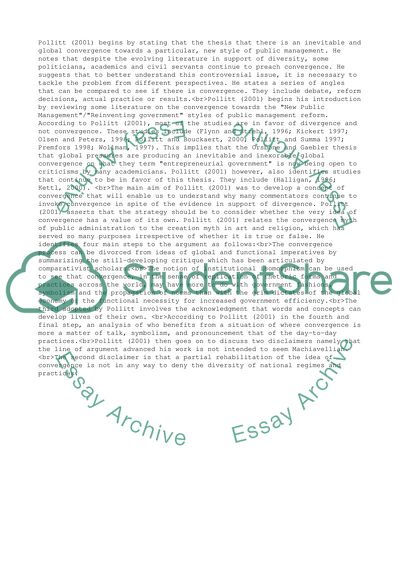Cite this document
(Public Management Convergence Research Paper Example | Topics and Well Written Essays - 2750 words, n.d.)
Public Management Convergence Research Paper Example | Topics and Well Written Essays - 2750 words. Retrieved from https://studentshare.org/management/1520245-new-public-management-npm-as-a-framework-for-the-comparative-analysis-of-public-administration
Public Management Convergence Research Paper Example | Topics and Well Written Essays - 2750 words. Retrieved from https://studentshare.org/management/1520245-new-public-management-npm-as-a-framework-for-the-comparative-analysis-of-public-administration
(Public Management Convergence Research Paper Example | Topics and Well Written Essays - 2750 Words)
Public Management Convergence Research Paper Example | Topics and Well Written Essays - 2750 Words. https://studentshare.org/management/1520245-new-public-management-npm-as-a-framework-for-the-comparative-analysis-of-public-administration.
Public Management Convergence Research Paper Example | Topics and Well Written Essays - 2750 Words. https://studentshare.org/management/1520245-new-public-management-npm-as-a-framework-for-the-comparative-analysis-of-public-administration.
“Public Management Convergence Research Paper Example | Topics and Well Written Essays - 2750 Words”, n.d. https://studentshare.org/management/1520245-new-public-management-npm-as-a-framework-for-the-comparative-analysis-of-public-administration.


